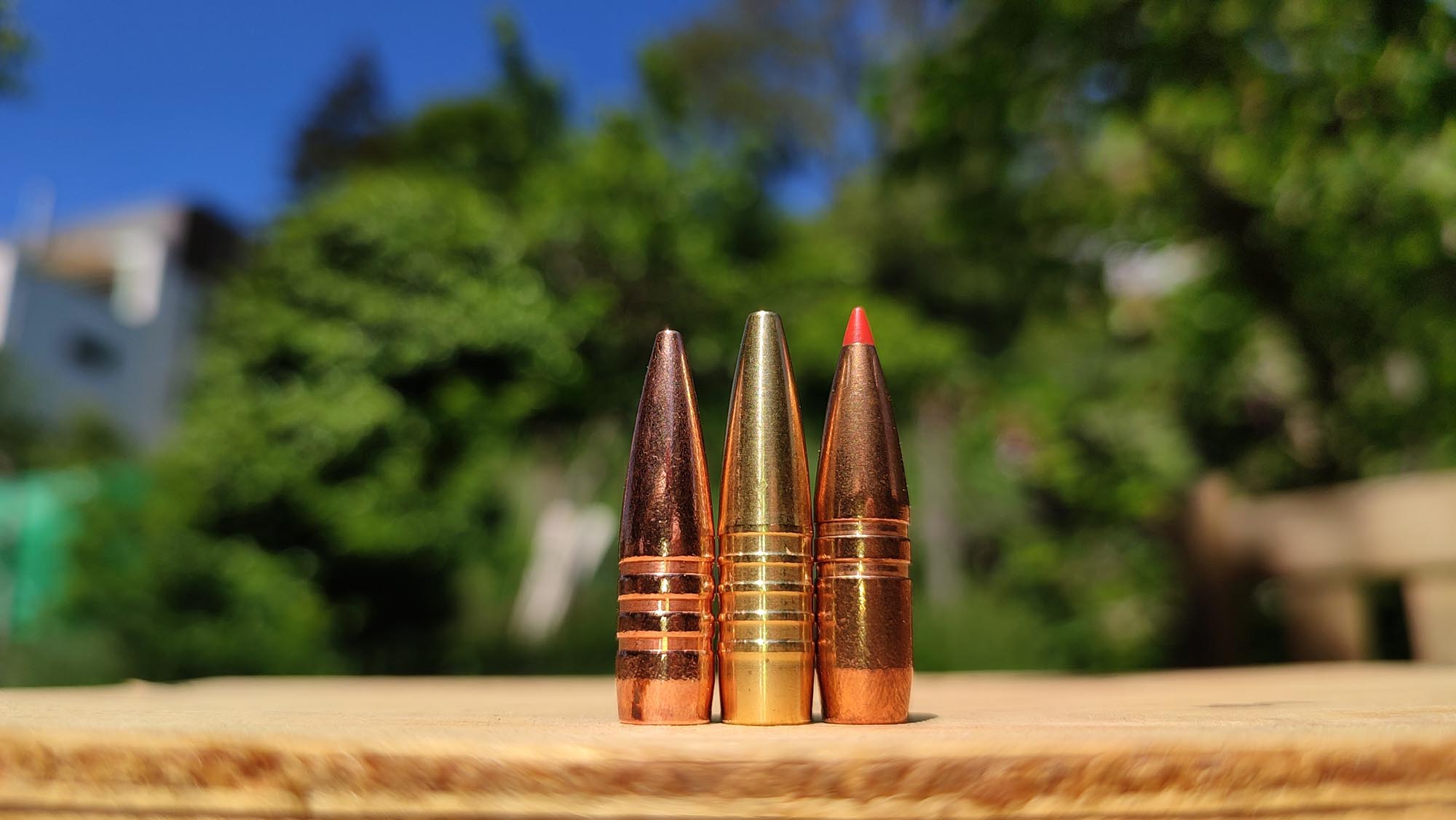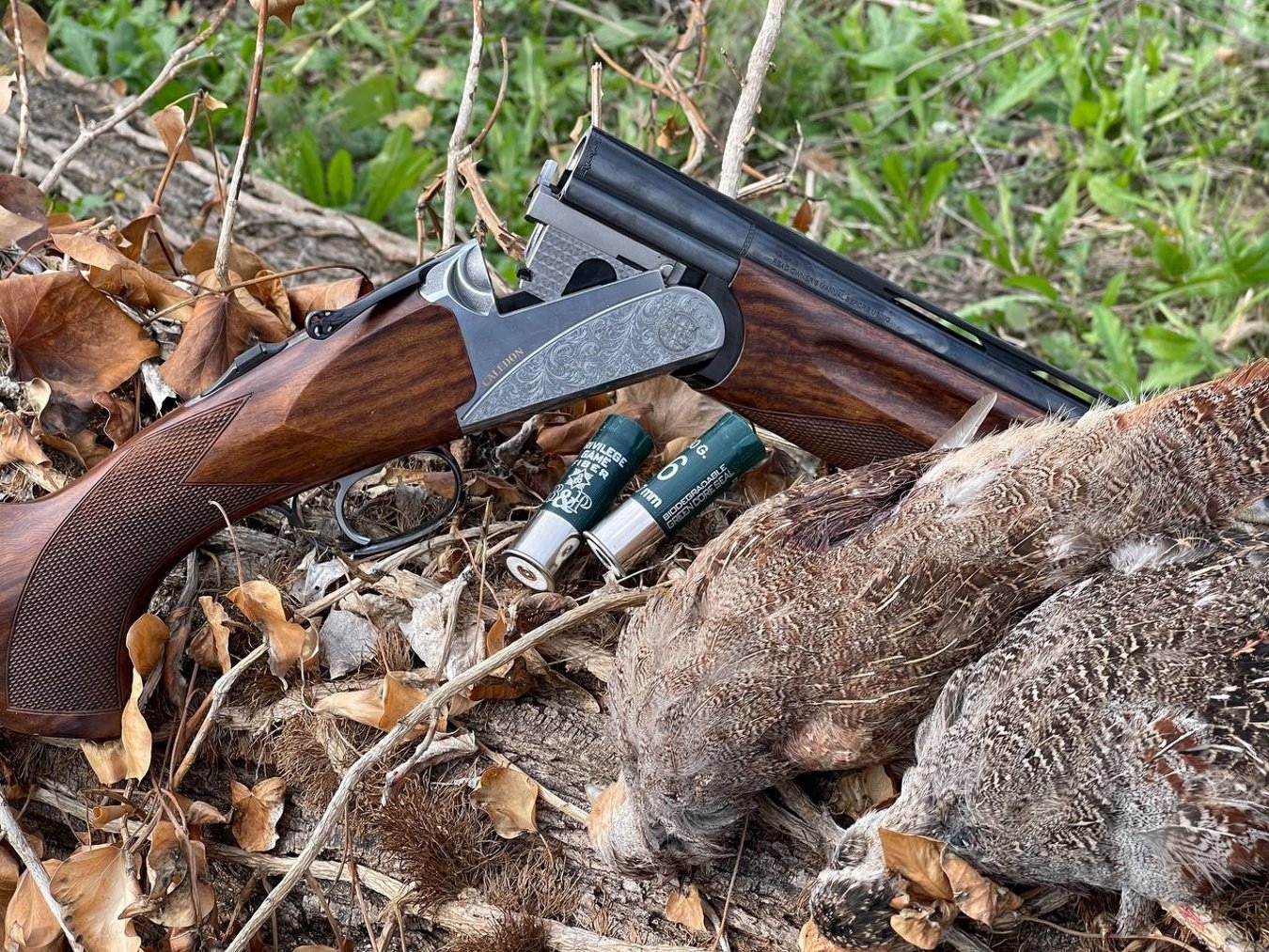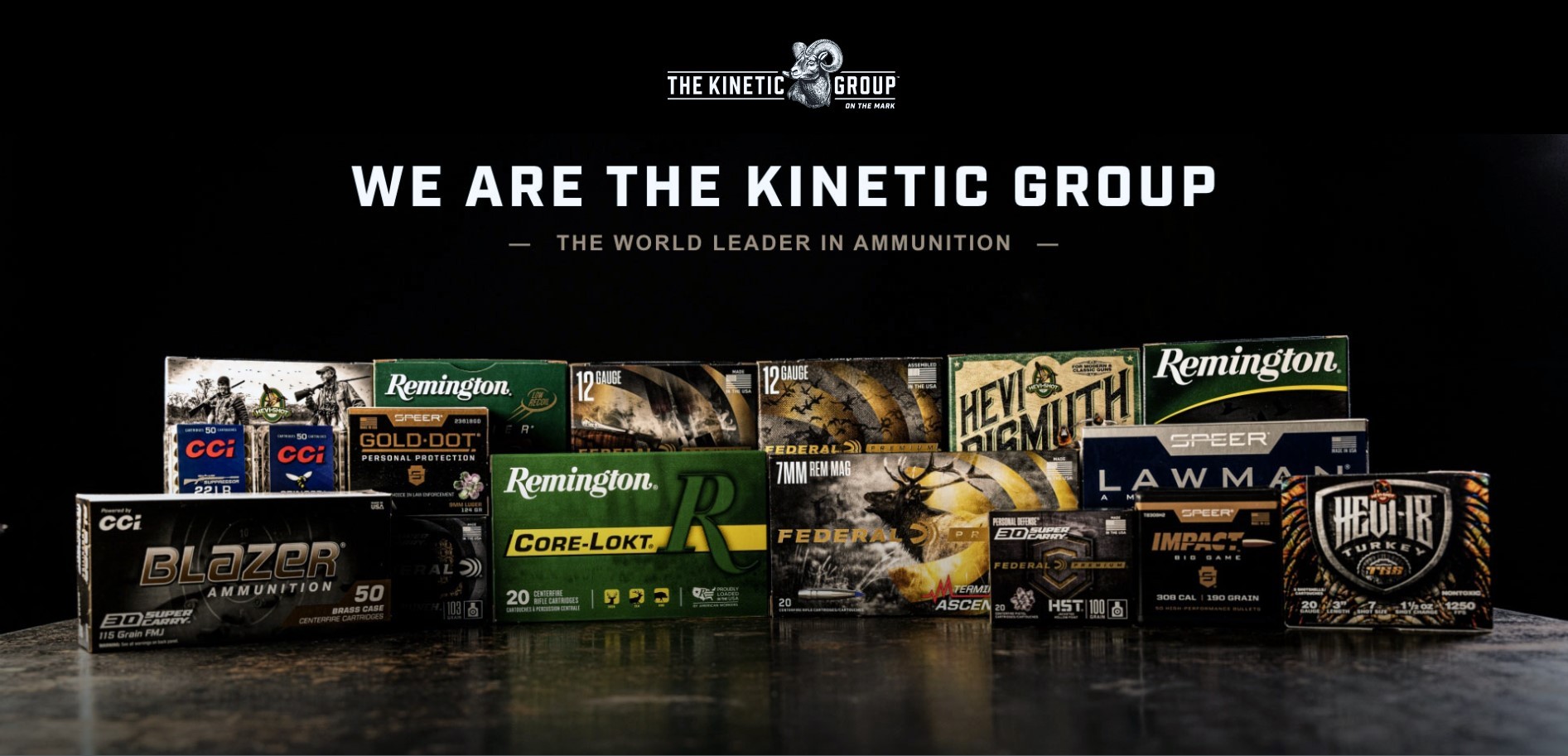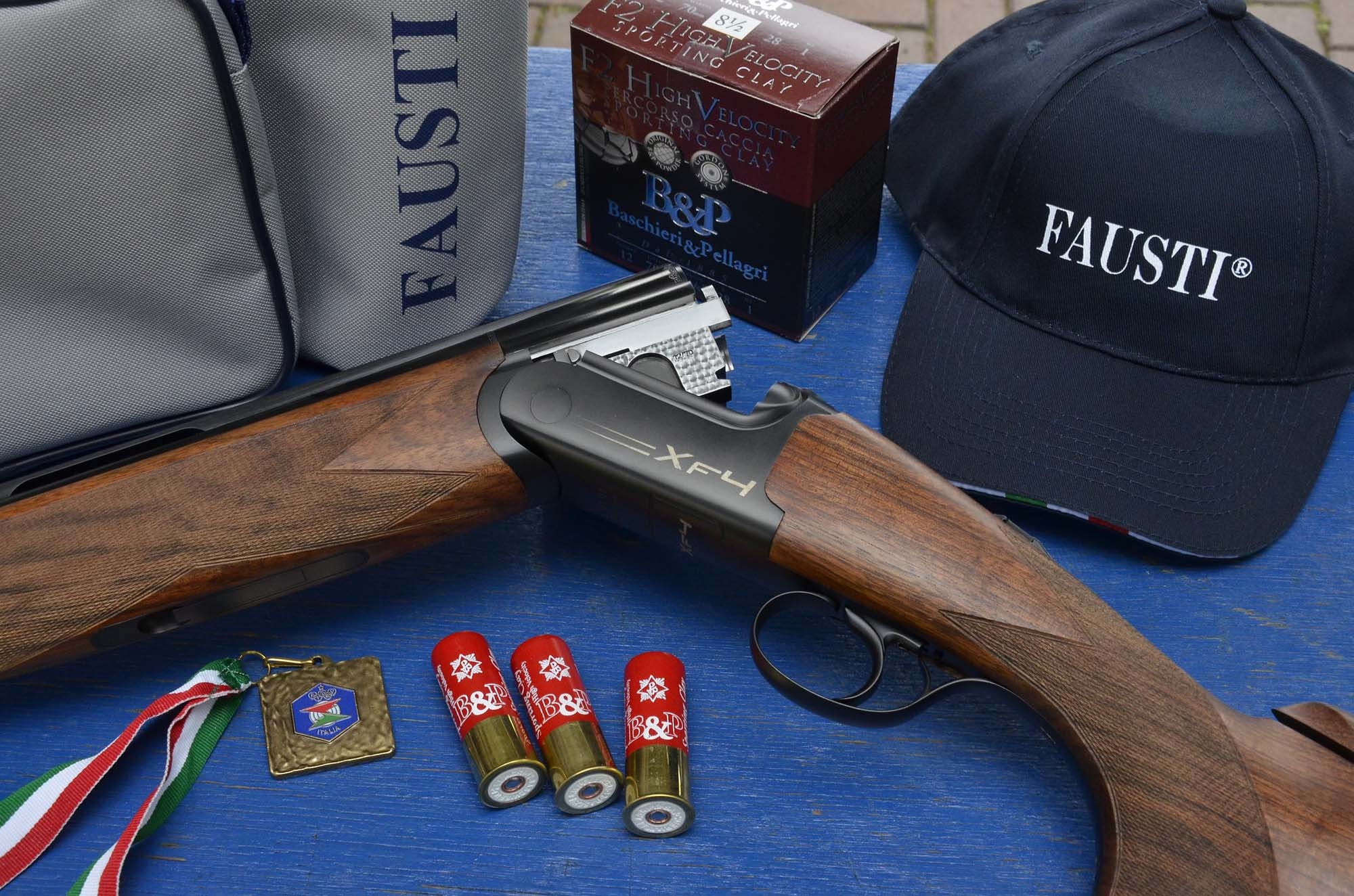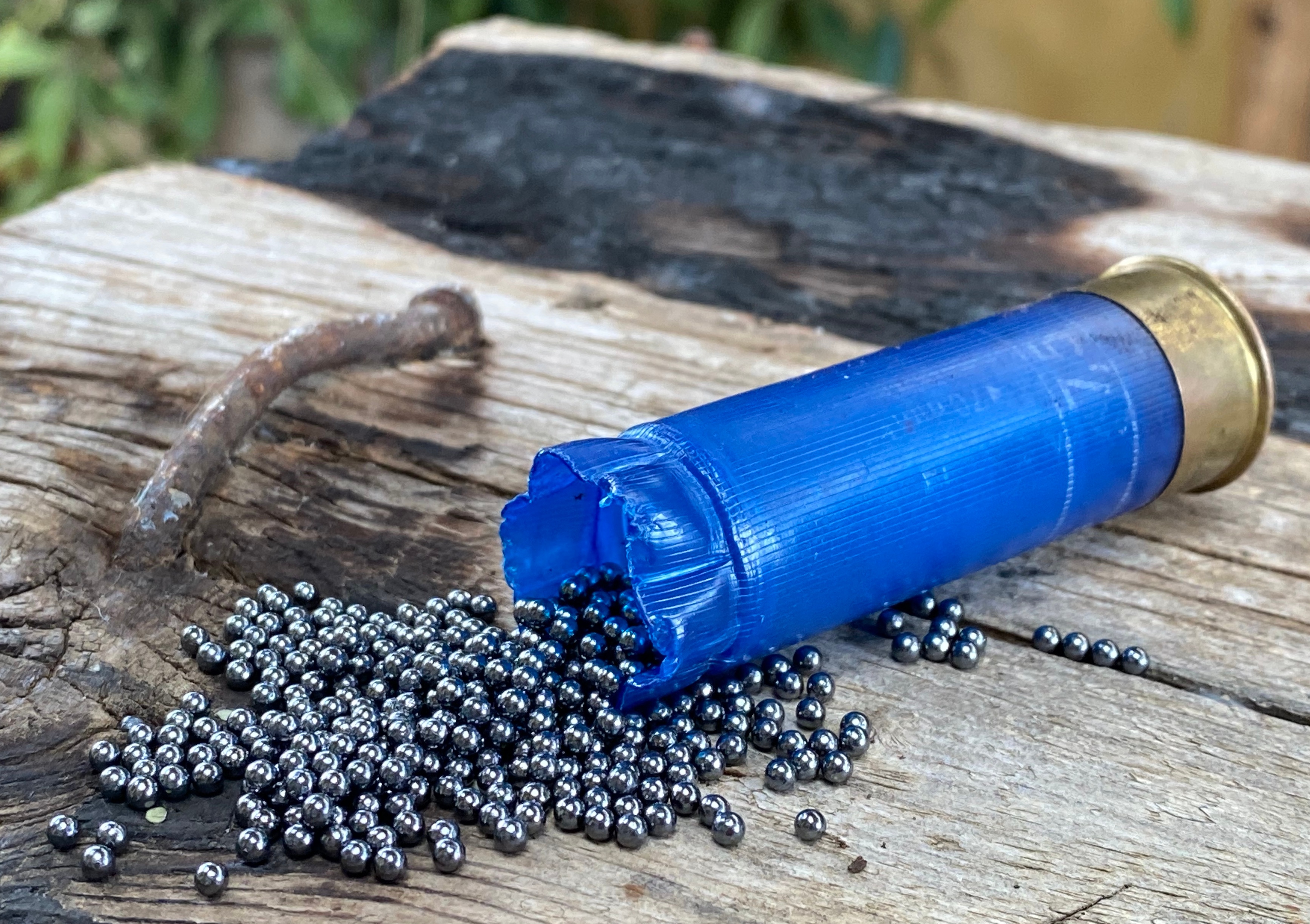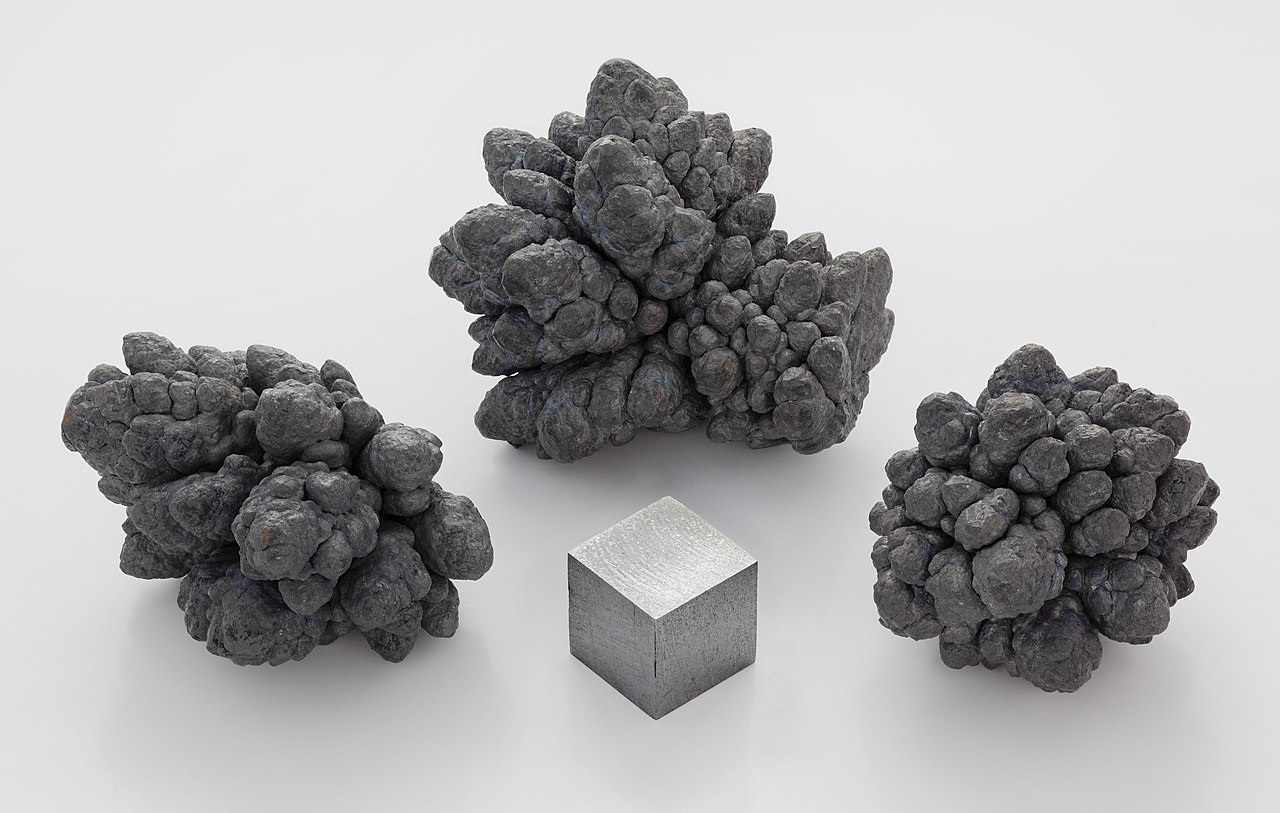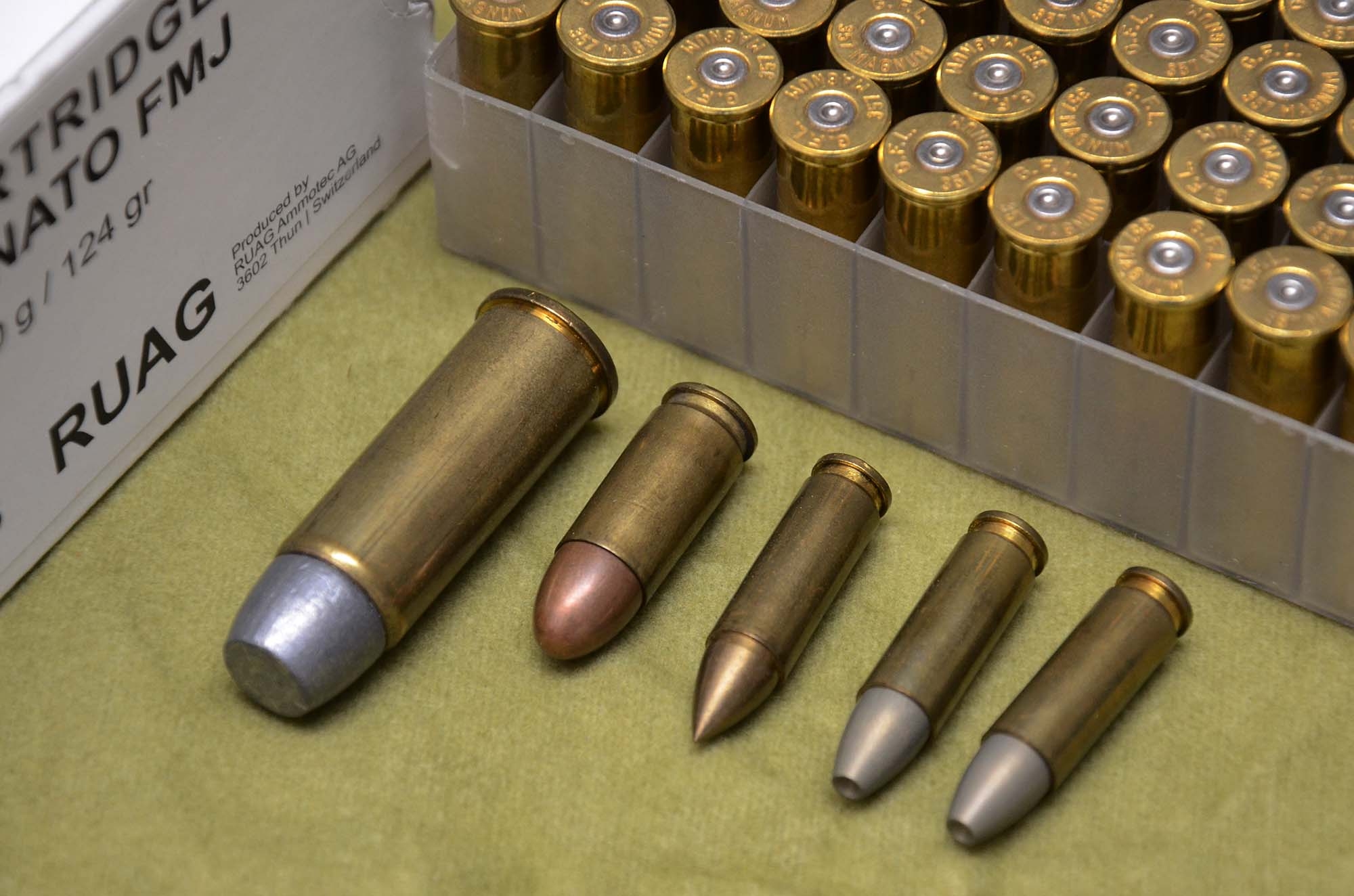A series of introductory articles conceived to teach beginners specs, features and history of the most popular rifle ammunition calibers
The .303 British cartridge was first conceived in 1888 and immediately adopted as the standard service rifle round for the British Empire (later, by the British Commonwealth). Originally it was loaded with a 215 grains ball and with 70 grains of black powder, which was extremely compressed within the case.
Some history
In the year 1910, the caliber was modified with a 147-grains Spitzer bullet and with a smokeless propellant load.
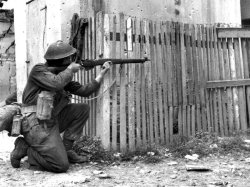
The new configuration allowed .303 British to develop muzzle velocities ranging around 770 metres-per-second, (2526 fps) while the original version didn't exceed around 620 metres per second (2034 fps) .
The round remained the standard British Commonwealth service rifle cartridge until 1957 − much more than other "classic" service calibers of its times, such as the German 8mm Mauser (8x57 IS) or the American .30-06 Springfield round, despite − at least technically speaking − the .303 British round resulted vastly inferior to both.
The cartridge
Conceived, at least at the very beginning, as a purely military cartridge, the .303 British round was somewhat retrograde right from the very get go: the case was quite archaically designed − with its conic shape, typical of blackpowder cartridges − and was rimmed, probably the worst possible configuration for a military round; if that wasn't enough, its terminal performance was not even close to that of its most direct competitors of the time.
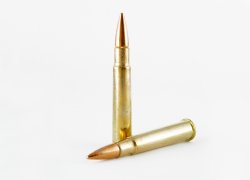
Nonetheless, it retained its service cartridge status for decades, probably for reasons of convenience rather than practicality.
It should be pointed out, indeed, that the British Empire was conquered in arms, and included vast territories worldwide. The service rifles that chambered and fired the .303 British round were manufactured by the millions, and thus shifting to a new service caliber would have been a logistic and practical nightmare, and would have also been extremely expensive.
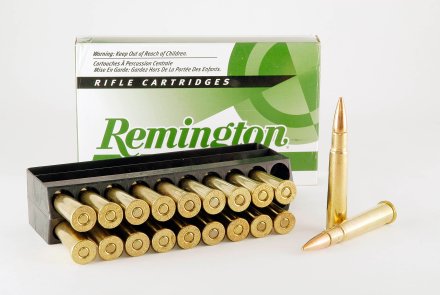
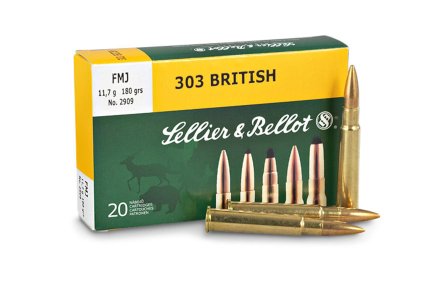
Of course, with so many British colonies concentrated in Asia and Africa, the .303 British round became a popular, all-rounder hunting round, extensively used on basically all wild animals that populated these vast territories. The .303 British is probably one of the top rounds by number of wild animals killed in history − large felines and pachyderms included.
On the other hand, it was also the cause of a vast number of tragic hunting accidents all throughout its "service history" in the British Empire, having it been used often too lightly on dangerous game for which it was too weak, thus causing lethally violent reactions by the wounded animals against the too optimistic hunters.
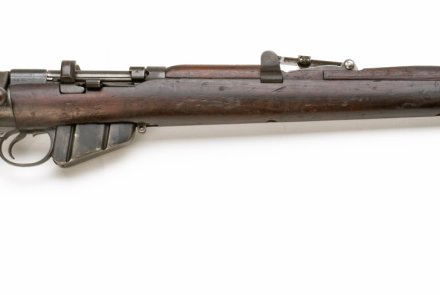
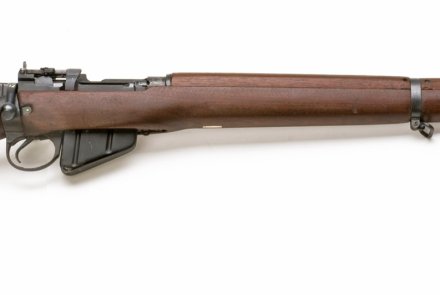
Fields of use
The .303 British round has been obsolete for decades, now, but it can still find its niche in modern hunting; it would still be practical for mid-sized, soft-skinned ungulates, but the shooter shouldn't try extreme long-range shots, since the .303 British round was never a particularly powerful nor a particularly hunter round. It will bring down animals up until the size of, to say, a fallow or a buck, but it would be already too weak for a deer. It is thus highly unsuitable on potentially dangerous game.
There are not many modern rifles available for the .303 British round out there, and those wishing for one will probably have to hire the services of a good gunsmith. Hunters will probably settle happily for a former military issue bolt-action rifle in good conditions though. Factory ammunition isn't easy to find, at least in many European Countries, and neither are reloading components, but this is hardly a problem for the most enthusiastic shooters.
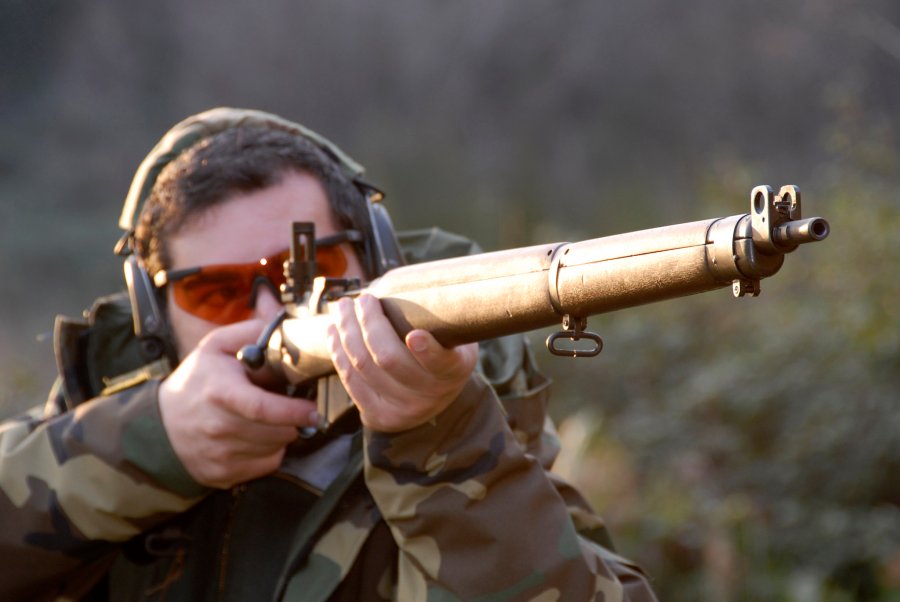
Curiosities
Other denominations include: 7,7x56R – .303 Bren – .303 Lee-Metford
The bullet diameter for the .303 British round is 7,9 millimetres, larger than the NATO standard .308/7,62x51mm.
The most notable military service firearms chambered for this caliber included all variants of the Lee-Metford and Lee-Enfield rifles, the Pattern 1914 and Model 1917 rifles, and the Bren machine gun.
The history of the .303 British round is intertwined to the infamous "Dum-Dum" bullets, named after the Dum Dum Arsenal, located outside of Kolkata (India, formerly a British colony) where they were first conceived. Informations about them are controversial, but the most credited version is that the local Arsenal technicians modified the standard .303 British bullets by removing the top portion of the jacket so that they would cause a larger wound − necessary to provide a quicker incapacitation against local indigenous fighters, who often went to battle against the British forces under the influence of drugs and were thus less than sensitive to the stopping power of standard .303 British rounds.
Shooters wanting to use hand-loaded ammunition on former military rifles should first have a gunsmith check the wear of the gun itself, and should always start with the weakest possible loads.
An example of reloading specs for the .303 British cartridge
| Gun: Rifle, .303 Pattern 1914 | Barrel lenght: 66 centimetres |
Caliber | Propellant | Quantity | Ball | Primer |
.303 British | Winchester 748 | 40 grains | Sierra SPT 150 grains | Remington St. |
.303 British | Vihtavuori N140 | 38 grains | Sierra SPT 180 grains | CCI Standard |
Warning:
Our readers should be advised that ammunition handloading requires skill and attention. All provided handloading data should be considered as purely indicatory; even the slightest variations could cause dangerous pressure surges, which could in turn result into bodily harm or property damage. In no case will the author of this article or all4shooters.com accept any responsibility for any injury or damage caused by the improper use of these data.



